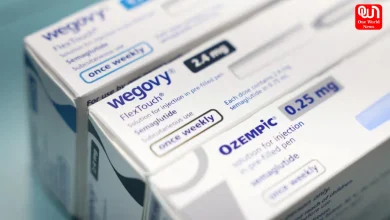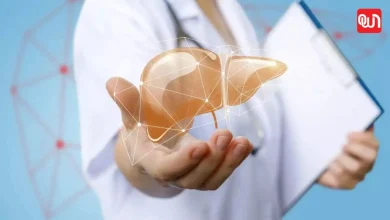Understanding the Difference Between Heart Attack and Cardiac Arrest
While heart attack and cardiac arrest each contain the coronary heart and are severe medical emergencies, they range in their underlying causes, signs, and treatments.
Heart Attack Or Cardiac Arrest? Difference Between The Two
Heart attack and cardiac arrest are two phrases frequently used interchangeably, however, they represent wonderful clinical emergencies with distinct causes, signs, and treatments. Understanding the variations between those conditions is crucial for sparking popularity and appropriate reaction. Let’s delve into the nuances of heart attack and cardiac arrest to shed light on their disparities and implications.
Heart Attack:
A heart attack, medically called myocardial infarction, happens when blood that goes with the flow to part of the coronary heart muscle is blocked for a prolonged length, leading to tissue damage or demise. This blockage is commonly due to the formation of a blood clot in a coronary artery, which substances oxygen-rich blood to the coronary heart. Common reasons for heart attacks consist of coronary artery disorder, plaque buildup within the arteries, and blood clots. Risk elements consisting of smoking, high blood strain, excessive LDL cholesterol, weight problems, and diabetes extensively growth the probability of experiencing a heart assault.
Symptoms of a Heart Attack:
The symptoms of a coronary heart attack can vary from individual to person however frequently consist of the following:
– Chest ache or discomfort, commonly within the centre or left facet of the chest.
– Pain or discomfort in the palms, lower back, neck, jaw, or belly.
– Shortness of breath.
– Nausea, vomiting, or lightheadedness.
– Cold sweat.
Treatment for Heart Attack:
Immediate scientific interest is important for all people experiencing signs and symptoms of a heart assault. Treatment may contain:
– Administering medicinal drugs like aspirin to reduce blood clotting.
– Thrombolytic remedy to dissolve blood clots.
– Angioplasty and stent placement to open blocked arteries.
– Coronary artery skip surgical operation in severe instances.
Read More:- Exploring the Flexitarian Diet: A Flexible Approach to Healthy Eating
Cardiac Arrest:
Cardiac arrest is a sudden loss of coronary heart characteristics, causing the coronary heart to prevent beating efficiently. It can occur all at once, mainly due to a cessation of blood glide to critical organs, including the brain. Unlike a heart attack, which involves a blockage in blood flow, cardiac arrest occurs whilst the heart’s electric gadget malfunctions, inflicting irregular coronary heart rhythms including ventricular fibrillation or ventricular tachycardia. Cardiac arrest is frequently deadly if not handled at once with cardiopulmonary resuscitation (CPR) and defibrillation.
Symptoms of Cardiac Arrest:
Cardiac arrest generally results in a surprising lack of attention and lack of pulse or breathing. Other signs and symptoms may include gasping for air, surprising collapse, and lack of responsiveness.
Read More:- 5 reasons why quitting caffeine may be good for health
Treatment for Cardiac Arrest:
Immediate intervention is essential to increase the possibility of survival for a person experiencing cardiac arrest. Treatment entails:
– Immediate initiation of CPR to manually flow blood and oxygen to important organs.
– Use an automatic external defibrillator (AED) to supply an electric shock to restore normal coronary heart rhythm.
– Advanced cardiac existence assist (ACLS) furnished via skilled medical professionals, which includes medicines and interventions to stabilise the heart rhythm and help circulation.
While heart attack and cardiac arrest each contain the coronary heart and are severe medical emergencies, they range in their underlying causes, signs, and treatments. Recognizing the differences between these conditions is critical for prompt identification and suitable reaction. If you or someone you recognize experiences signs suggestive of a coronary heart assault or cardiac arrest, are seeking immediate medical interest and, if skilled, initiate CPR and use an AED if to be had. Remember, early intervention can save lives in those crucial conditions. Stay informed, live organized, and prioritize coronary heart fitness to lessen the chance of cardiovascular activities.
Like this post?
Register at One World News to never miss out on videos, celeb interviews, and best reads.








